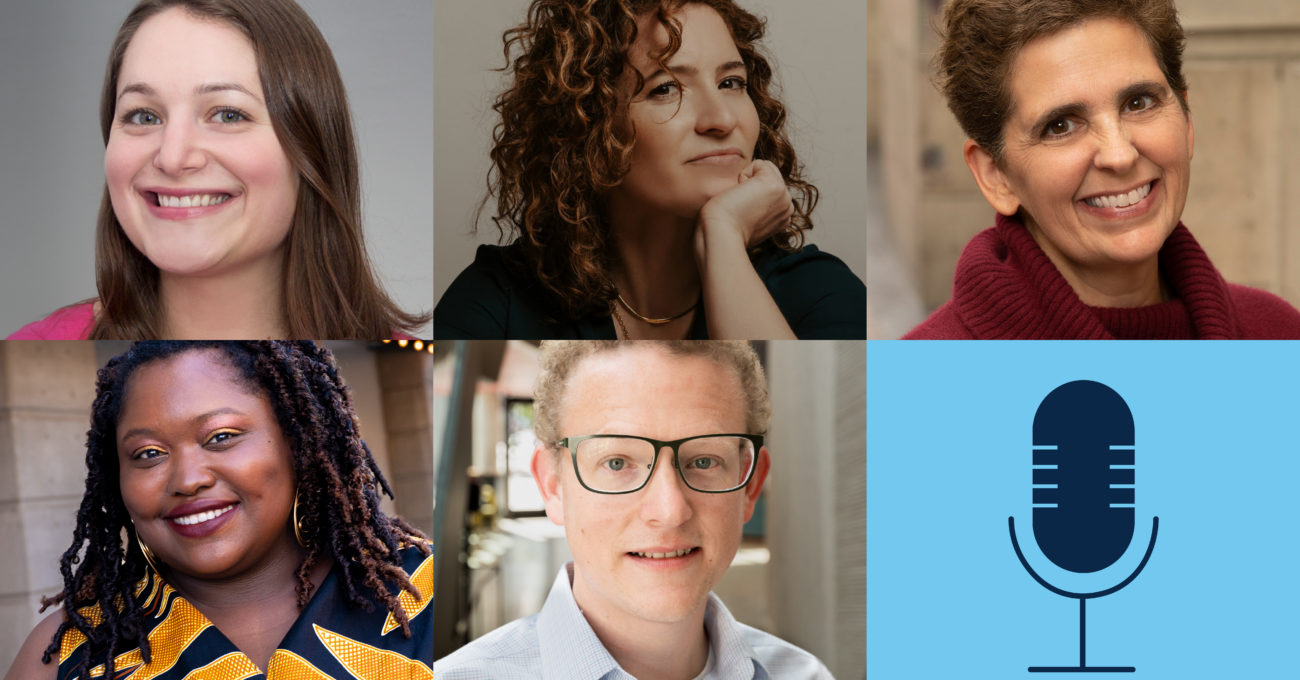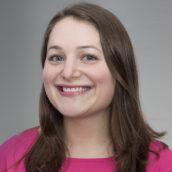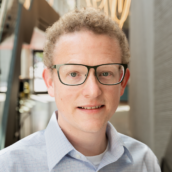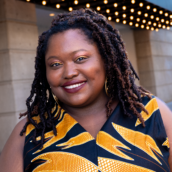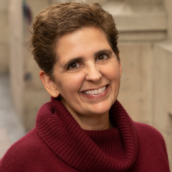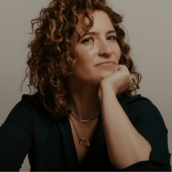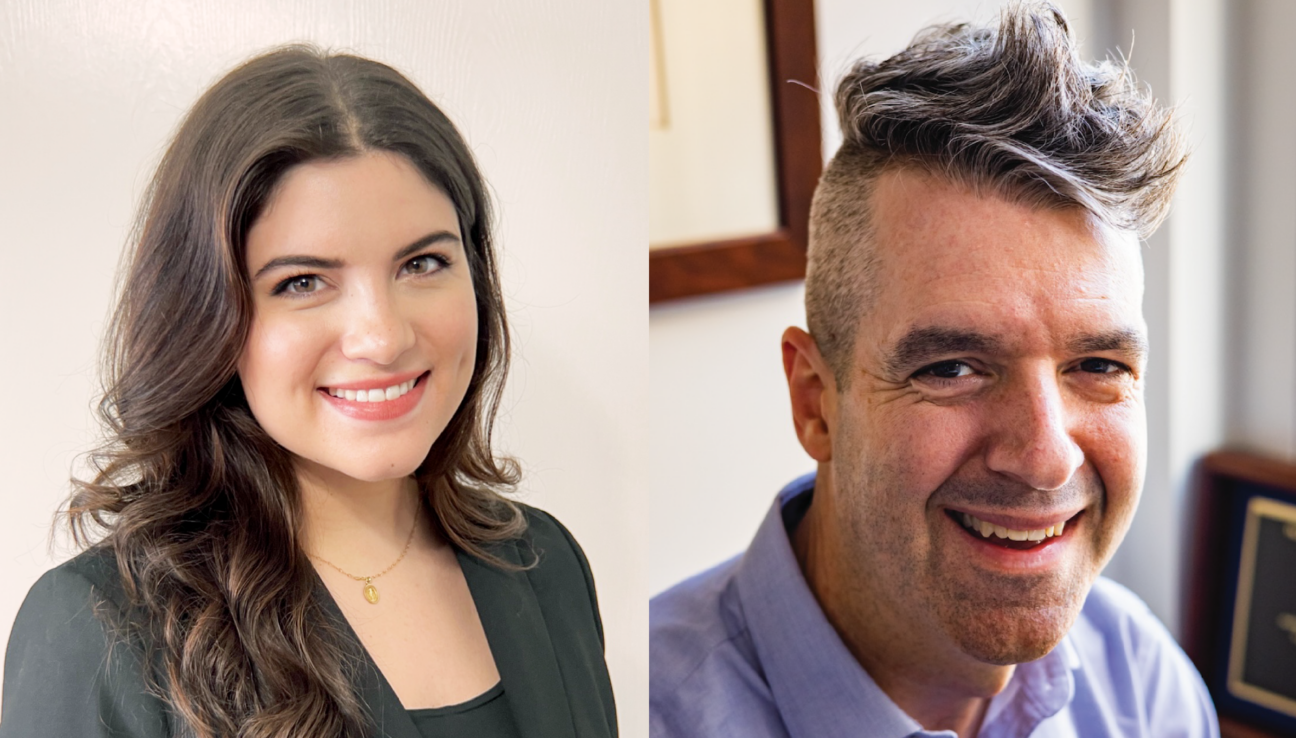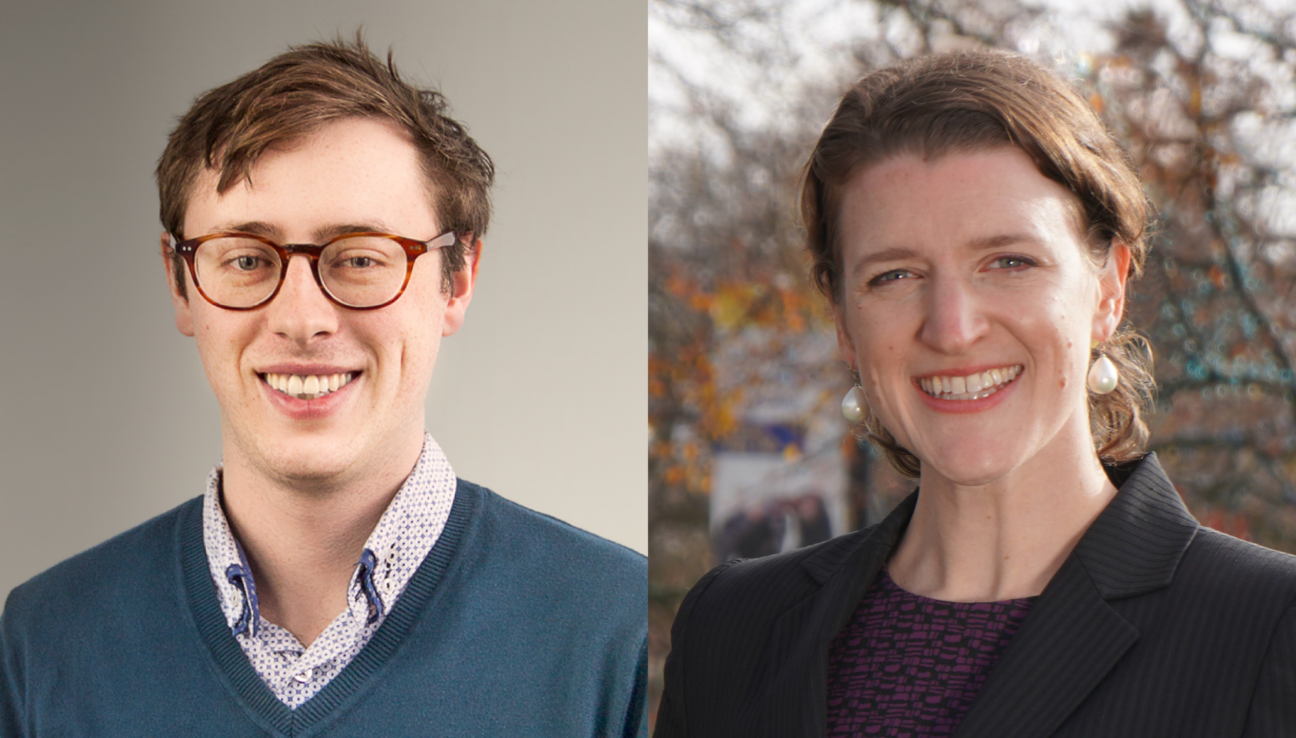
Great experiences don’t happen by accident—they’re designed with intention. From the first click on a website to the moment a visitor steps through your door to engagement after they leave, every interaction shapes how people feel about an organization. So what does it take to create a truly exceptional guest experience?
Emily O’Hara, Senior Director of Guest Experience at the Detroit Zoological Society, thinks about this every day. In this episode, she shares how the Detroit Zoo fosters personal connections and creates a welcoming, engaging environment for every guest. We explore practical strategies for delivering wildly good experiences that turn visitors into raving (and returning) fans.

